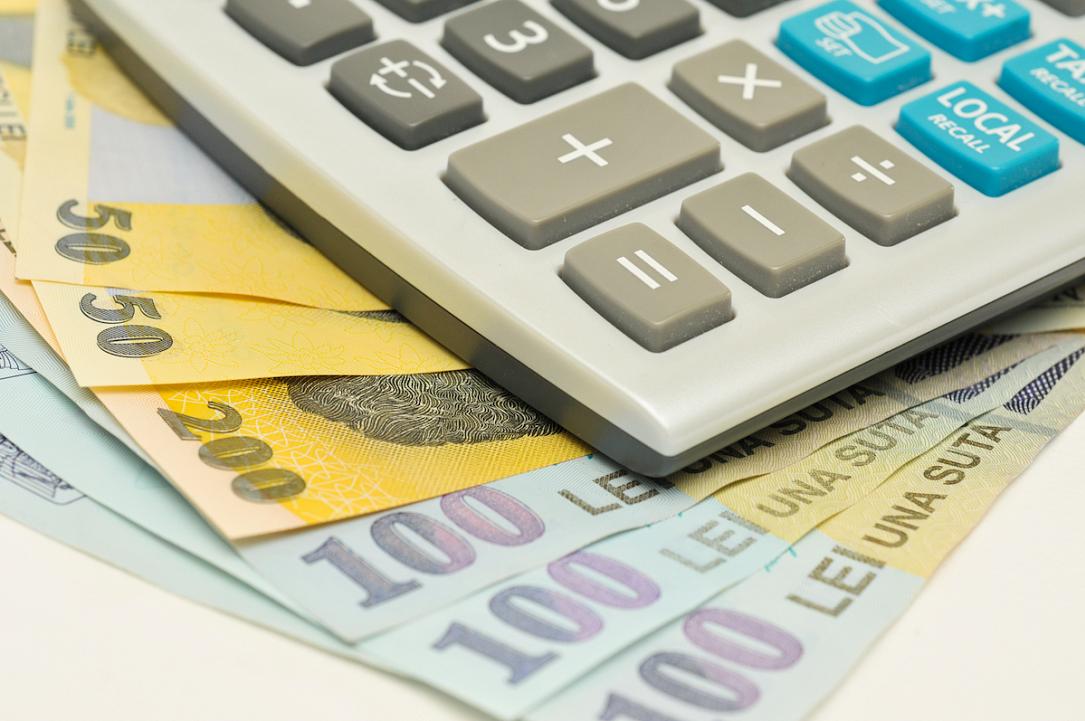Romania rises public deficit target to 6.9% of GDP under "positive" but risky revision



The government of Romania approved on September 23 the budget revision that brings the deficit to 6.9% of GDP from 5% previously and revises the economic growth assumption down to 2.8% of the GDP from 3.4%.
Prime minister Marcel Ciolacu said this is "a positive budget correction" because "additional resources are allocated for all major investment projects of the state."
"There is a surplus of budget revenues after the first eight months, revenues that we use to develop Romania. 84% of the deficit goes to the investments," Ciolacu argued.
The budget revision is, however, rather risky as it is grounded on high expectations for stronger revenues, and the GDP (particularly the nominal GDP) may fail to reach the Executive's projections.
There will be four large areas that receive extra money, according to the draft budget revision unveiled a week earlier: public health (+RON 11.4 billion, with the sector's budget reaching a historic level of 4.2% of GDP or RON 74 billion); education (+RON 6.4 billion); transport (+RON 5 billion); and regional development (+RON 5 billion).
However, the Finance Ministry has now announced supplementary allocations of over RON 50 billion (yet no official consolidated figure was provided) – nearly twice the supplementary budget allocations announced last week.
According to a summarisation of the budget revision published by the Fiscal Council, the Executive expects budget revenues to rise by RON 29.6 billion (+5.06% compared to the initial target) and expenditures by RON 65.8 billion (+9.78%), resulting in a supplementary deficit of RON 36.2 billion. The deficit would thus rise from RON 86.6 billion initially envisaged to RON 122.8 billion.
Notably, the government revised upwards the projected nominal GDP by 2.2% despite (under the macroeconomic scenario used for the budget revision) revising downward the real growth projection from 3.5% (under the scenario used for the initial budget planning) to 2.8%. The GDP deflator was revised upward to 7.2% from 5.9%.
The budget revision is based on four pillars, as explained by the Ministry of Finance on September 23.
Firstly, the budget revision is based on supplementary revenues: the amounts generated by the digitalization of the tax collection agency ANAF (RON 10.5 billion according to the Fiscal Council), RON 7.9 billion from the fiscal amnesty, and RON 5.8 billion from income tax, and social security contributions (above the initial target). This is significantly more than the RON 10.4 billion supplementary budget revenues initially announced last week.
Secondly, strategic projects are financed. In the first seven months of the year, investment expenditures, including capital expenditures and those related to development programs funded under internal and external sources, amounted to RON 57 billion – 46.4% more compared to the same period last year. The supplementary funds are earmarked to support the growth.
Thus, the Finance Ministry outlines RON 5.4 billion supplementary allocation for the Ministry of Transport, RON 3.3 billion for the Ministry of European Investments and Projects, RON 4.4 billion for the Ministry of Agriculture, and RON 1.2 billion for the Ministry of Energy.
The Ministry of Finance receives an additional RON 14.3 billion to secure co-financing for accessing European funds for regional programs (PORs 2021-2027), the implementation of digitalization projects, and funding the state aid schemes managed by the ministry.
Thirdly, supplementary funds are allocated for (necessary) major public services: more than RON 20 billion are provided for the public health system and the Ministry of Education, thus resulting in an increase of more than RON 40 billion for these two sectors, compared to the 2023 budgets.
Finally, additional financial support is provided to the local public authorities: RON 2.7 billion are allocated for salary increases related to medical personnel, in the field of social assistance and auxiliary medico-social services, such as the settlement of transport for students and the program for schools.
iulian@romania-insider.com
(Photo source: Alexandru Marinescu/Dreamstime.com)